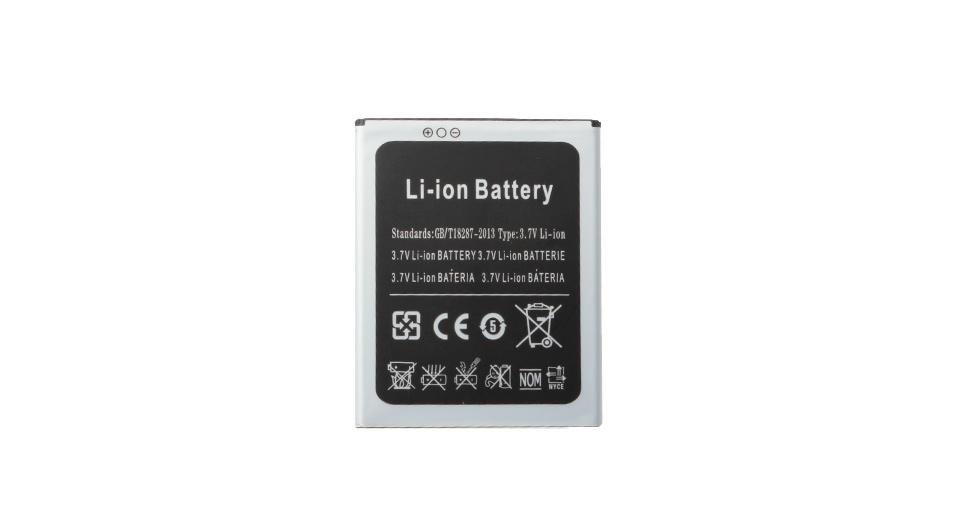Samsung’s Note 7 is a famous phone. Unfortunately, it’s for all the wrong reasons. But Samsung’s problems aside, we dug into this phenomenon of cell phone explosions and smartphone explosions a little bit, and we found some very interesting facts and statistics.
The phenomenon of overheating almost always points to the power source, usually a Lithium Ion battery. The pattern of occurrences seems random, but in the majority of cases, it was the battery that caused the issue in the device.
So, are Lithium-ion batteries – Li-ion for short – safe?
Yes, lithium-ion batteries are “relatively safe” when you consider a bunch of other factors. How Stuff Works says this:
“It’s not very common — just two or three battery packs per million have a problem — but when it happens, it’s extreme.”
Let’s think about that for a minute. Two to three per million does, in fact, looks like a negligible number. But the world battery market is massive, and since lithium-ion is one of the most popular types, that market alone is expected to grow to $46.21 billion by 2022, according to a report by Allied Market Research. So that means billions of batteries being sold with phones, laptops, tablets and most other mobile devices.
A billion is a thousand million, so two out of every million means 2,000 possible battery issues for every billion batteries sold. Considering that, it’s not unusual to see battery overheating reports in the extreme – melting, spontaneous combustion, explosions and so on.
And it’s not just Samsung that has the problem. See this:
“Lithium-ion is safe but with millions of consumers using batteries, failures are bound to happen. In 2006, a one-in-200,000 breakdown triggered a recall of almost six million lithium-ion packs. Sony, the maker of the lithium-ion cells in question, points out that on rare occasion microscopic metal particles may come into contact with other parts of the battery cell, leading to a short circuit within the cell.”
The problem is, there’s no better alternative yet to lithium-ion batteries on such a large scale as the global consumer electronics market. These batteries are “inexpensive, lightweight, powerful, and environmentally safer than most alternatives.”
How to Keep Yourself Safe from Battery Usage Hazards
So the risks are there, but good battery practices and general electronics usage habits will be able to keep you relatively safe.
This is a warning from one battery expert’s website, called Electropaedia:
“Subjecting a battery to abuse or conditions for which it was never designed can result in uncontrolled and dangerous failure of the battery. This may include explosion, fire and the emission of toxic fumes.”
And that brings us to consumer responsibility when it comes to how we use our electronic devices and, more specifically, how we treat the battery. This isn’t something we normally think about because, let’s face it, the only time we think about our smartphone’s or laptop’s battery is when it needs a juice-up.
Here are several tips for Li-ion batteries
Emptying it fully before recharging is a myth – While this practice is great for Nickel-based batteries like the Nickel-Cadmium (Ni-Cad) ones that were very popular some years ago, it doesn’t do much for Lithium-ion batteries. The best practice for Li-ion battery powered devices is to keep them topped up as often as you can. You can do a full discharge about once a month, but don’t let it run down fully every time.
Recharging it to 100% causes battery degradation – Ironically, your Li-ion batteries don’t like to be fed too full either. Picky little brats. It’s better to unplug the charger when the battery is around 80%. Ideally, your battery should be allowed to swing between 40% and 80%. Different sources vary, but that seems to be the “safe zone.”
Never expose the device to heat – And this doesn’t just mean don’t leave it out in the sun. Even diffused heat can affect your battery and cause degradation. Leaving your smartphone on the dash of your car on a hot day, for example, is bad, but even leaving it on the seat isn’t going to help. It’s the heat from the sunlight that’s affecting it, not the sunlight itself.
Other tips include not letting your device heat up by running too many intensive processes at the same time, taking it to the shop if you notice anything unusual about the charging pattern, using the right charger, not fast-charging too often, installing a reliable battery management app and so on.
Of course, following these tips is no guarantee that your battery will be 100% safe. There’s no such thing. However, not only is it likely to last much longer, but there is a much smaller chance of battery degradation and possible issues related to overheating.
So be watchful of your charging habits, watch out for external heat, use a battery app and do everything you can to keep yourself safe when using electronic devices with Li-ion batteries.
Thanks for reading our work! If you’re reading this on Apple News, please favorite the 1RedDrop channel to add us to your news feed, or Like our page on Facebook. Please bookmark our site for more insightful articles on current and future technologies that are changing our lives.



